Sharing pictures from beautiful places is one of my favorite things to do, especially when I’ve hiked to get there. However, if I suddenly had to choose between never making a picture for the rest of my life or never hiking for the rest of my life … I’d choose to give up photography. I’d rather continue seeing marvelous places for myself and never share them in pictures than be able to share ordinary places in pictures but never hike.
Plus, hiking is one of my favorite ways to torment my kids.

I’ve learned a lot of techniques for hiking that can help you have a better experience when you set out to make a picture. And I don’t mean that you need to go hike miles to use these tips — they’re really useful even when your hike is just 50 yards to the top of the little hill next to the roadside pull-off to make a stunning sunset photo.
1. Most important: Lean forward going downhill
When coming down a steep and slippery slope, most people tend to lean back so they can catch themselves with their hands if they slip. The problem is that this stance will actually cause you to slip more.
When you lean back into the hillside, you’re tilting your center of gravity so it’s easier to fall down the hill, and your legs won’t be able to help. It’s even worse when you add a heavy backpack full of camera gear. Not only does the gear tip you farther back and make it easier to slip, but you don’t want to land heavily on that backpack and smash your gear.
This kind of slipping is one of the biggest reasons people don’t like hiking; no one likes repeatedly slipping and ending up on their rear ends in the dirt.
.mgl-tiles { display: none; } #mgl-gallery-634ef7849e796 { margin: -5px; width: calc(100% + 10px); } #mgl-gallery-634ef7849e796 .mgl-box { padding: 5px; } @media screen and (max-width: 768px) { #mgl-gallery-634ef7849e796 { margin: -5px; width: calc(100% + 10px); } #mgl-gallery-634ef7849e796 .mgl-box { padding: 5px; } } @media screen and (max-width: 460px) { #mgl-gallery-634ef7849e796 { margin: -5px; width: calc(100% + 10px); } #mgl-gallery-634ef7849e796 .mgl-box { padding: 5px; } }
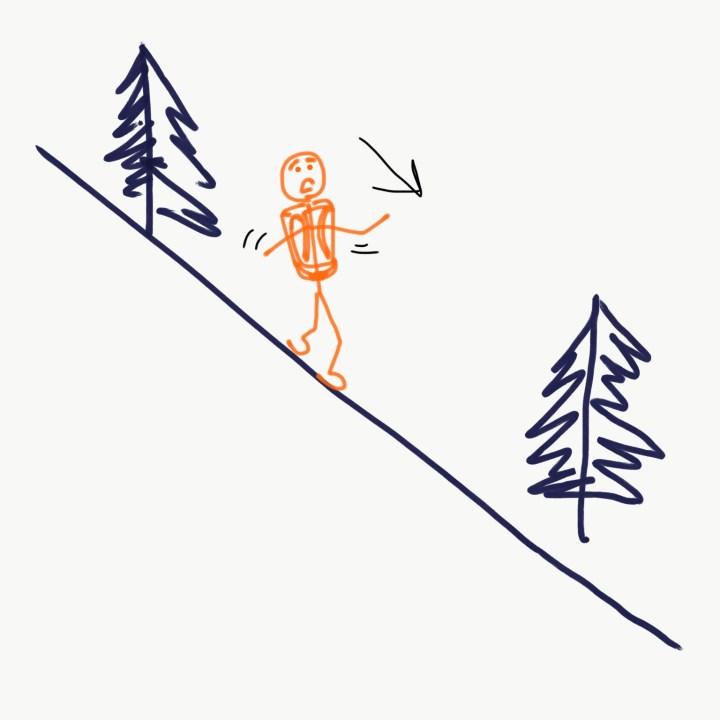
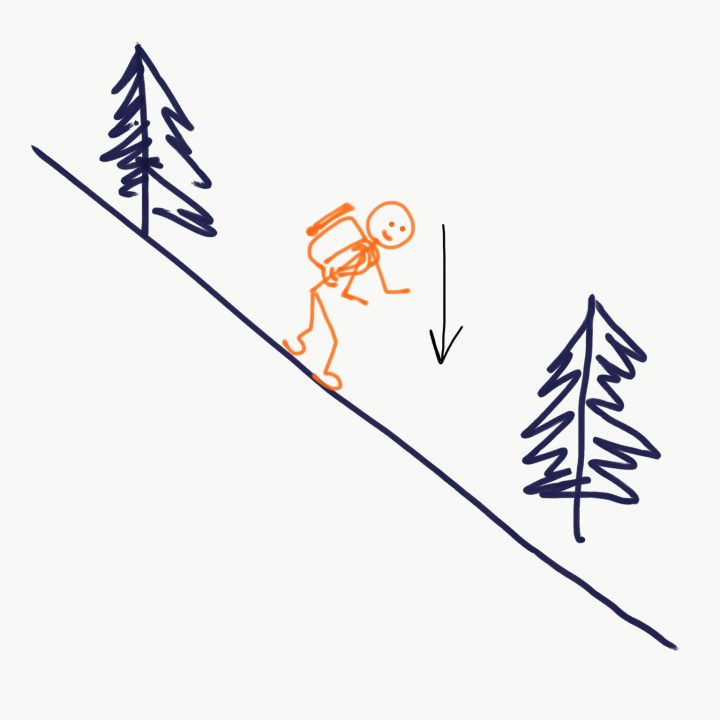
The cure is simple: lean forward with your hands in front of you. That’s it. If you look like a ski racer when you walk down steep slopes you’re doing it right.
Skiers lean forward so that their weight is centered over their skis. If they lean back too much, they get “caught in the back seat” and end up falling backward. Leaning forward so your chest is over your shoes and your hands are out in front of you will keep you from slipping down the hill. The heavier your backpack is, the more you need to lean forward.
It’s hard to master this, and I still remind myself every time I find myself slipping. It’s harder when you’re tired after going up the mountain to begin with, but it works. Leaning forward with your hands out front will keep you off your butt and your gear out of the dirt.
2. Keep the pace, change the stride
When the trail gets steep, it’s natural to try and take big steps up the slope like climbing stairs. However, these large steps and long stride will tire your legs quickly and make you slow your pace (number of steps per minute), which allows you to feel how hard your heart is pounding. It’s pretty miserable.
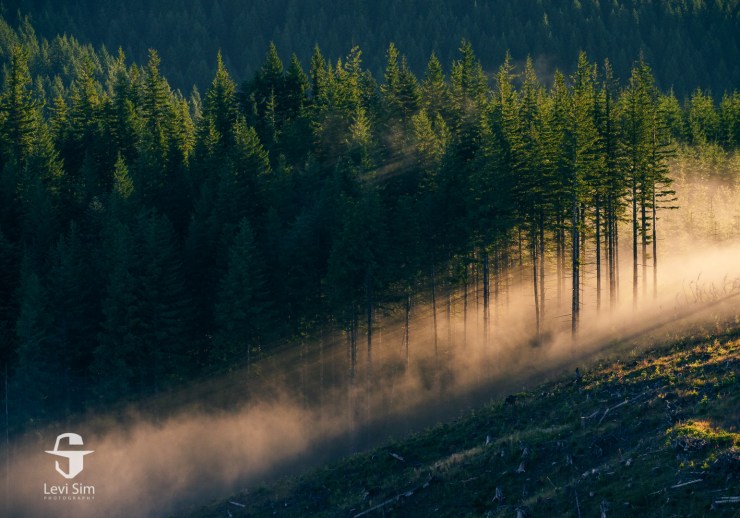
Rather than taking big steps up steep slopes, take small steps and keep the same pace you had on the flat spots. The steeper the slope, the smaller your steps should become. It makes the climbing slower, but you’ll have more energy and less fatigue when you get to the top.
You won’t be out of breath with your heart pounding in your ears, either. When the trail flattens out again, just lengthen your stride and keep the same pace. Your friends may pass you initially, but you’ll feel like a really good hiker as you chat with a normal breath and pass them worn out on the side of the trail.
3. Use a pack with a hip belt and sternum strap
Using a hip belt on your backpack will let you rest the major weight of your pack on your hips instead of on your shoulders. It also keeps the pack closer to your body so it doesn’t sway and keep you off balance.
You don’t need an expensive pack to find a hip belt, but you will get likely bet better results from better ($$) packs. I love Vanguard’s Alta Sky packs, and I can also recommend Atlas Packs.
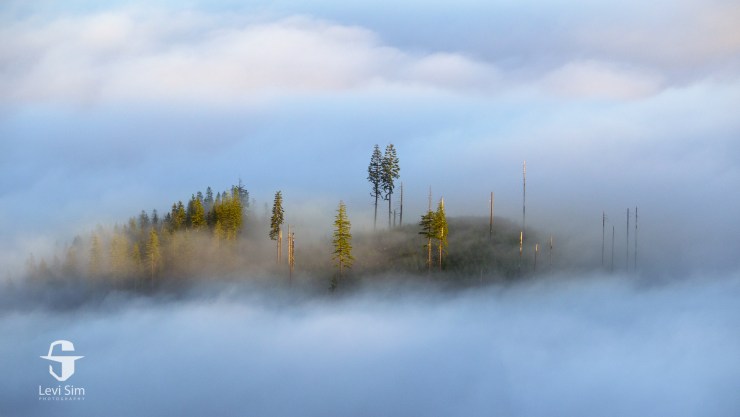
The hip belt keeps weight off your shoulders, but the sternum strap keeps your pack on your back. As you load your backpack, the weight pulls it backward off your body and you’ll find your shoulder straps are constantly slipping wide of your shoulders. The sternum strap keeps the shoulder straps together and keeps them from slipping wide.
If you don’t have a sternum strap on your backpack, you can easily improvise one. I often use a bandanna tied between the straps.
4. Keep cool like a cowboy
If you’re hiking on a hot day, you can keep cool by rolling a cotton bandanna, wetting it and tying it around your neck. As the water evaporates out of the bandanna, you’ll feel coolness against your neck and it’s really refreshing.
Keep it damp, though — when it dries out it becomes a scarf and makes you feel warmer. This works great in Wyoming, but it’s not so good in Florida. If it’s really humid and the air is still, then the water may not evaporate quickly enough to help you feel cool. But it’s great in the desert.
5. Keep your camera and tripod handy
There are so many great pictures you can make as you walk, but if your camera and tripod stuck on your back in your pack, it’ll quickly become too much hassle to get it out all the time. “I’ll shoot it on the way back,” you’ll say to yourself, and it’ll never happen. You’ll end up packing your tools all the way to the viewpoint and only making pictures at the one spot.
Instead, use a holster. I love the Spider Holster BackPacker kit for keeping my camera right to hand. It lets my camera hang from my pack’s shoulder strap.
I also use a holster bag to keep extra lenses or a long lens that’s too heavy for the Spider Holster. I have the Ruggard Hunter Pro 65 holster bag which I can attach to my hip belt. I also use it on its own when I’m only carrying a camera and one or two lenses. Hanging it from my belt keeps my hands free.
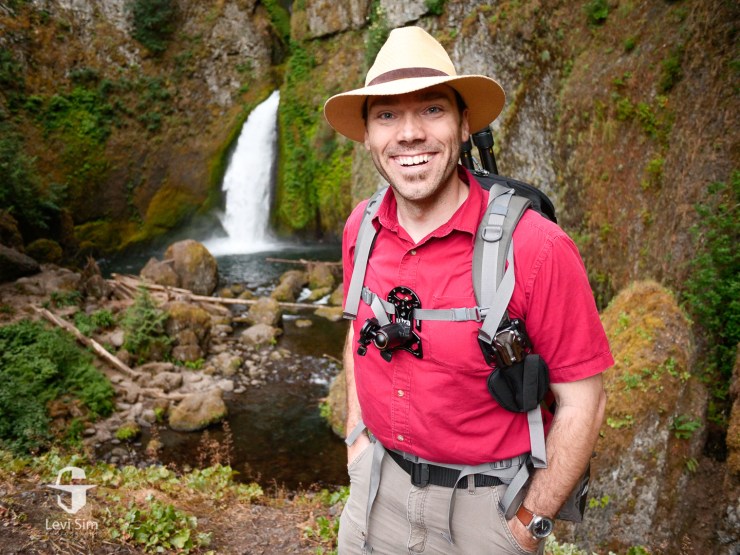
Similarly, you’ve got to be able to deploy a tripod quickly or it won’t be used. There’s nothing worse than carrying a heavy tool up a mountain and then not using it — you’ll just not bring it next time and your pictures will suffer for it. I prefer to carry mine over my shoulder rather than attaching it to my bag. Better yet, I carry the Platypod Ultra in my pocket or on my sternum strap so it’s ready to go really quickly.
Whether you’re hiking 50 yards or 10 miles, using the right techniques and the right gear will help you travel more comfortably and safely, and help you make the pictures you’re chasing. I love hiking, and I hope you get out into wild places and make some pictures this season.
Tell your story with the second annual Visual Storytelling Conference!
Experience four days of interactive, online training sessions featuring a range of educational content with experienced photographers and content creators. This free event kicks off with a series of technical boot camps to build essential skills, followed by live, online sessions on photography, video, business and social media. Join live from March 10-13, 2022!
